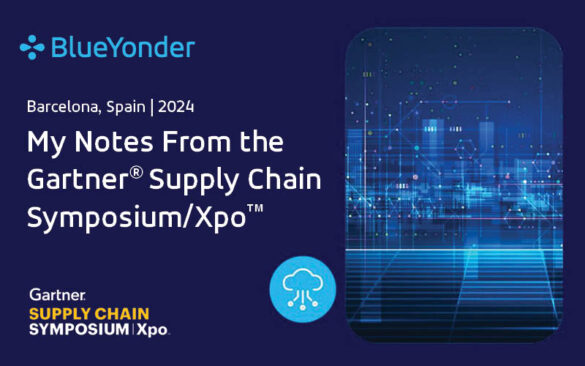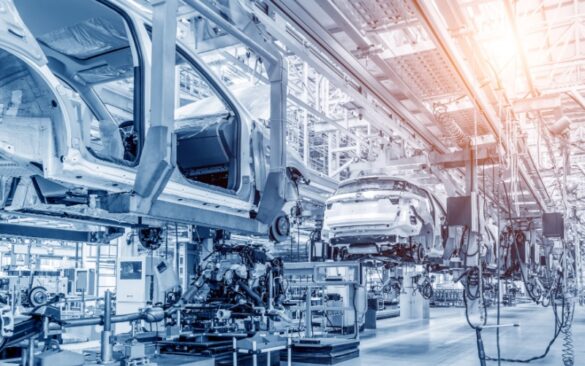Enable Resiliency and Operational Flexibility Through Advanced Production and Transportation Optimization for Manufacturers
To maximize customer satisfaction, large-scale manufacturers, such as car and truck makers, need to optimize lead times and delivery reliability. But today’s volatile supply chain landscape — characterized by sudden demand swings, as well as materials shortages and other disruptions — means they must also…
The Strategic Edge of Automated Supply Chains for LSPs
In an era where the pace of change accelerates by the minute, Logistics Service Providers (LSPs) face a constant challenge: adapt swiftly or lag inevitably. To stay competitive in this fast-evolving landscape, LSPs need to find innovative ways to enhance their operational agility and respond…
Return Fees or Free Returns: Why Not Both?
To cope with rising return rates and shrinking costs, many retailers have opted to start charging for returns. In 2023, the number of retailers charging for returns rose by 31% to 40% in the U.S. Our data shows that 53% of merchants charge for returns,…
Save the Planet and the Bottom Line: 4 Routes to Sustainable and Cost-Effective Returns
Returns are one of the biggest challenges facing retailers today. Not only are they a drain on profits – for every $1 billion in sales, the average retailer incurs $145 million in merchandise returns – but they’re also damaging for sustainability. Each return adds to…
How Can Your Supply Chain Become Even More Resilient?
This article first appeared in Logistics Viewpoints. As we kick off the summer of 2024, three years past the emergence of COVID-19, we are still seeing the effects of the pandemic on the world’s supply chains. As supply chain professionals, COVID-19 made us recognize that…
My Notes From the Gartner® Supply Chain Symposium/Xpo™ in Barcelona
Last month, I had the pleasure of presenting at the 2024 Gartner® Supply Chain Symposium/Xpo™, held in Barcelona, Spain. While the event attracted over 2,000 attendees from all over the world, what struck me was that we’re all facing the same challenges today as supply…
Transforming Automotive Supply Chains: Southeast Toyota’s Journey With Blue Yonder
In today’s rapidly evolving automotive industry that is significantly impacted by macroeconomic challenges, government regulations, geopolitical tensions, software proliferation, and changing customer expectations, optimizing supply chain processes has become crucial for maintaining a competitive edge. Southeast Toyota Distributors, the largest independent distributor of Toyotas in…
Why You Need a Returns Platform for Customer Retention
In a fiercely competitive world where customer loyalty is hard-won and easily lost, retaining customers is vital to retail growth. Not only is it easier to sell more to customers who already love your brand, but a 10% increase in customer retention can increase profitability…
Inovação no Gerenciamento de Categorias: Como Criar uma GPT Personalizada
Este blog foi coescrito por Ricardo Panserini, Consultor Sênior de Soluções da Blue Yonder, e Ricardo Pastore, Consultor Sênior e Mentor para os setores de Varejo e Consumo Nos últimos anos, a inovação tem sido um dos principais motores de crescimento no setor de Gerenciamento…
Nucleus Research Names Blue Yonder a Leader in Transportation Management Systems
Nucleus Research recently published its TMS Technology Value Matrix 2024, which provides an overview of the current market for Transportation Management Systems (TMS), while also assessing the software providers in this space. Blue Yonder was named a Leader in this year’s Nucleus report, based on…










